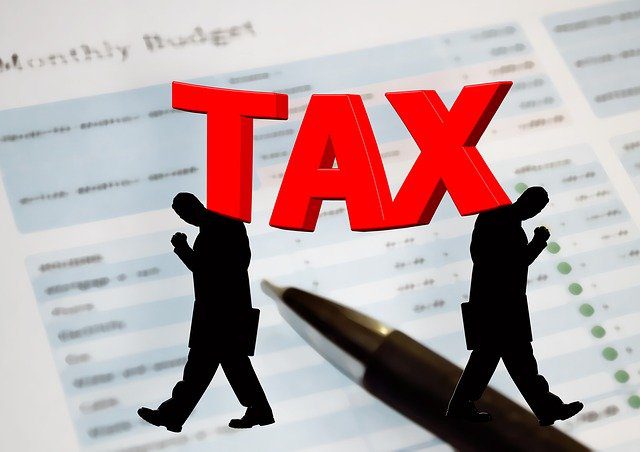
The controversial National Insurance tax hike has come into force, with workers and employers feeling the pinch from this week.
Employees, employers and the self-employed will pay an extra 1.25p in the pound in National Insurance, with the tax revenue earmarked for increased government spending on social care.
Next year, the extra National Insurance tax will be called the Health and Social Care Levy.
The tax hike, which comes at a time of significantly higher living expenses, was widely opposed.
Instead of reversing or delaying the rise, Chancellor Rishi Sunak used his Spring Statement last month to announce some mitigation that comes into force in July.
National Insurance is a tax paid on earnings, with employers paying too, and the self-employed paying the tax based on their profits.
The tax hike was announced in the Autumn Budget, coming into force on 6th April.
Instead of paying contributions at 12% on earnings up to £50,270 and then 2% on anything higher, employees will now pay 13.25% and 3.25%, respectively.
For the self-employed, the rates of rise from 9% and 2% to 10.25% and 3.25%.
In his Spring Statement last month, the Chancellor announced he would increase the minimum earnings threshold for National Insurance, allowing employees and the self-employed to earn more before paying the tax.
Despite this mitigation, which doesn’t start until July, anyone earning more than around £34,000 a year will pay more National Insurance over the next year.
To help employers with the higher National Insurance contributions they must make, the Chancellor announced an increase in the Employment Allowance, from £4,000 to £5,000.
Smaller businesses will be able to use the Employment Allowance to claim up to £5,000 off their employer National Insurance bills, with 670,000 firms paying no National Insurance at all.
The increases will increase the tax-take for the Treasury by £10.9 billion a year.
Along with the tax hike is a freeze for income tax thresholds for a further five years, which means earnings inflation will cause more people to pay tax at higher rates. Read how the Tax freeze is forecast to cost £430 a year.
Business owners also face an increase in the tax paid on dividend income, with income tax charged at 8.75% for the basic rate, 33.75% for the higher rate, and 39.35% for the additional rate.
The dividend tax allowance remains frozen at £2,000 this tax year.
Also frozen are the personal allowances for capital gains tax (at £12,300) and the inheritance tax nil-rate band (at £325,000, which has remained frozen since 2009).
See the NIC Rates on www.gov.uk
